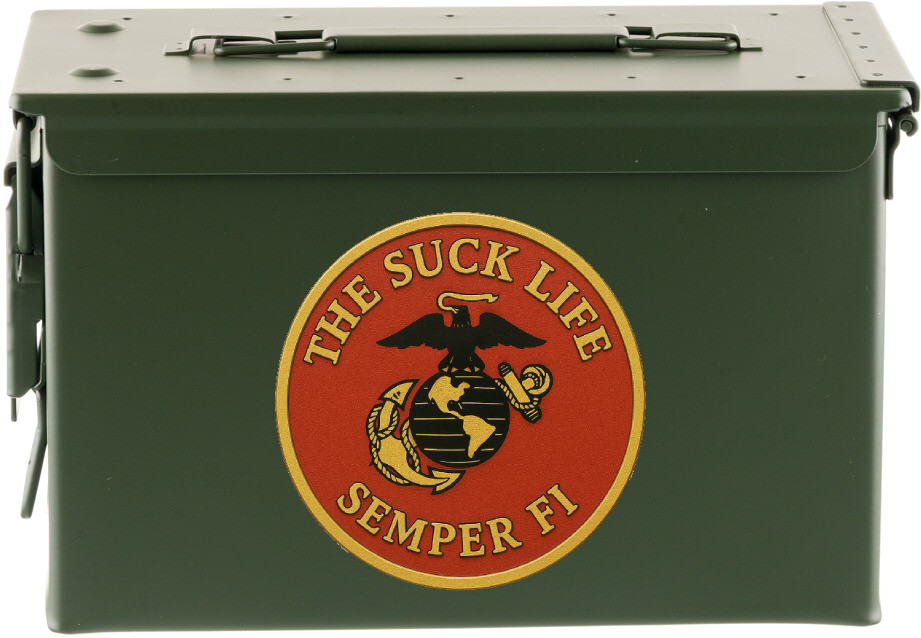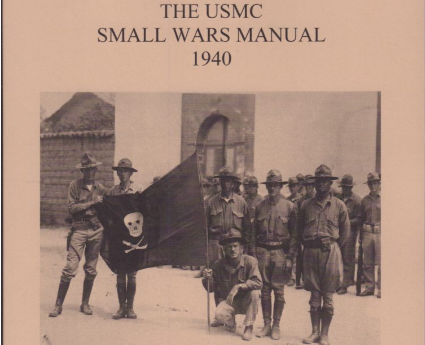The Small Wars Manual is a practical handbook based on early twentieth century expeditionary operations. It offers guidance for limited military interventions, occupations, policing and stabilization tasks where military action must be integrated with administration, public services and political objectives. Below are ten concise takeaways with short explanatory paragraphs for each.
1: Define clear, limited political objectives: Military action in small wars exists to achieve specific political ends. Commanders must link operations to civilian policy, measurable objectives and an exit plan to prevent mission drift and preserve legitimacy.
2: Use the minimum necessary but apply force decisively: Employ proportionate force to accomplish the mission while acting quickly and firmly when required to stop disorder from spreading. Modern rules of engagement and de escalation methods translate this principle into lawful, effective action.
3: Protect and influence the population: Security and services for civilians are the central measure of success. Winning or stabilizing the population through protection, assistance and credible governance is often more decisive than simply defeating armed opponents.
4: Civil administration is as important as combat: Establishing functioning police, courts, public health and basic services is essential to lasting order. Military plans must therefore include civil affairs, engineers and legal support from the outset.
5: Organize for policing and constabulary tasks: Troops in small wars frequently perform policing duties, so they need training, organization and legal authorities appropriate to law enforcement, including restraint, evidence handling and community engagement.
6: Detailed local intelligence and cultural knowledge matter: Granular human intelligence, language skills and liaison with local leaders enable effective patrols and targeted actions that respect local dynamics rather than alienate the population.
7: Prioritize patrols, small unit initiative and presence over large scale maneuvers: Persistent small unit presence, routine patrols and decentralized initiative maintain control and gather information more effectively than occasional mass operations.
8: Build and transition local institutions and security forces: Sustainable stability requires training, vetting and mentoring of local police and institutions so authority can be responsibly transferred back to legitimate local actors.
9: Logistics, sanitation and basic services underpin success: Reliable supply, medical care, sanitation and infrastructure projects sustain forces and build civilian confidence. Neglecting these basics undermines both operations and legitimacy.
10: Plan for information, legal and ethical dimensions: How prisoners, property, the press and justice are handled shapes public perception and legal standing. Aligning actions with law, transparency and human rights norms preserves legitimacy and helps deter abuses.
Caveat about applicability: The Manual reflects assumptions and language from the 1930s and 1940s. Its tactical and administrative lessons remain useful as templates but must be adapted for contemporary legal standards, human rights norms, modern information environments and current counterinsurgency doctrine.
Semper Fi!
Cpl Beddoe

Ads suck. This site is 100% ad-free and reader-supported.
If this article added value to your day or meant something to you, toss a couple bucks in the ammo can to keep us in the fight. Thank you.




 Semper Fidelis
Semper Fidelis

